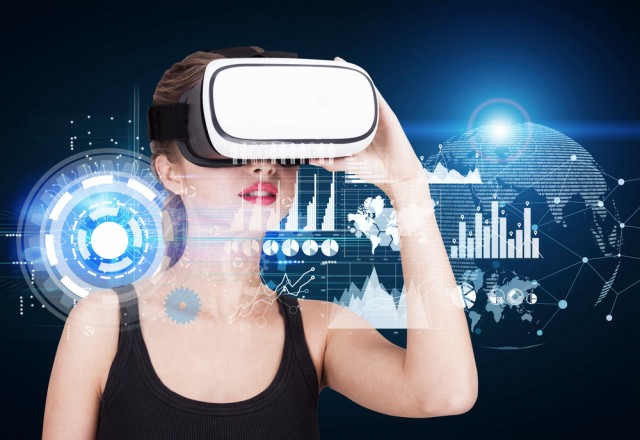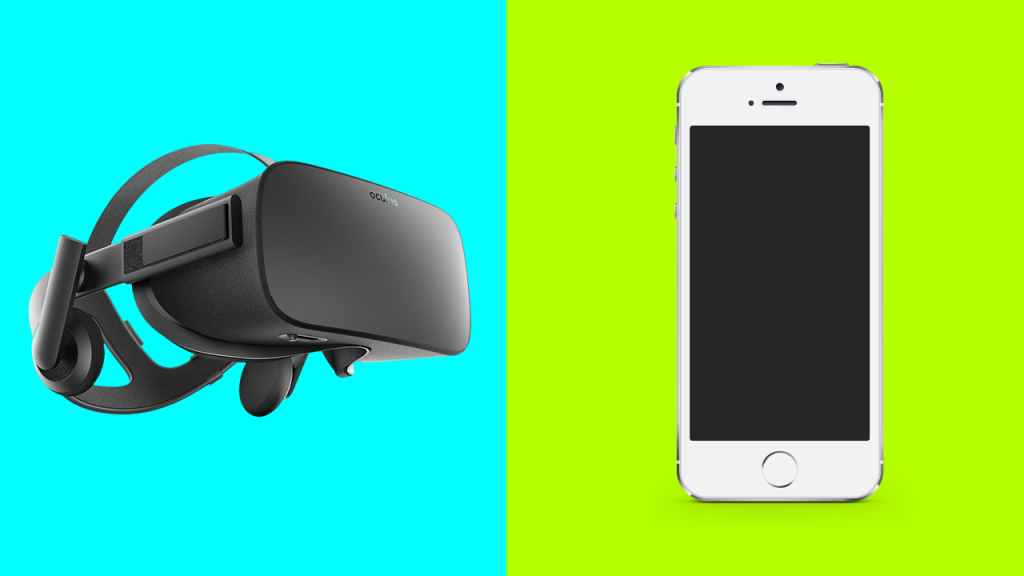
We are coming up on the 4th technology revolution with VR/AR, AI and blockchain promising to change our lives forever. With almost the last 3 decades dedicated to IT and Internet, and their disruptive changes to human life, human history had never seen such an improvement in living standards ever before. But technology 4.0 promises to have even more far reaching impacts on human lives, enabling us to expand our potential. The first of these technologies to be widely available and commercially present is VR, which is already making waves in all the industries it is touching.
VR is inherently different from any existing media. It is obviously immersive, making it impossible for external factors, like visual distractions, sounds etc., to affect the users’ decision and interaction. It’s inherent immersive nature makes any data generated pure, meaning it has not been influenced or altered by external factors. VR is also highly interactive, which can be captured with precision. You know for surety that if an action has taken place, it has taken place with the mindfulness of the user and his complete knowledge, giving us certainty of the action performed.
With the adoption of VR starting to take off, serious gaps still need to be filled in the ecosystem. We are increasingly seeing that content creators working on cutting edge technology are still using age old methods to monitor their content. By using traditional mobile analytics, not only are they underutilising the data that can be extracted from VR systems but also giving up on great opportunities to capitalise on the generated data to help them improve their content. There is a ton of data that is generated in VR and if utilised properly we can unlock true value.
Kind of Data

Existing analytics platforms are doing a great job of telling you things like: Sessions, Usage time, Cohort Analysis, Users etc. While it is telling you about your user groups, it is telling you nothing about your content. Or how your content was interacted with, what are the pain points, what are engaging points. It leaves a lot of questions unanswered. While they are doing incredibly well in guessing the answers to these questions, but that’s all they are doing, GUESSING.
With no real data capturing methodology to understand user reactions and experiences, content creators are often left in the lurch to dig through the data trying to make sense of it and get some actionable insights from all the data presented to them. They try to make guesses based on certain captured data sets and best try to prove their hypothesis or pain points. Good or bad changes in any content are usually a combination of multiple factors, ascertaining which worked and which did not can be a difficult task without the right tools. In VR we can capture users’ movement patterns, his play patterns and his general actions, we know the kind of engagement that the user has in the environment. This gives us insights into the content’s reception.
Drop offs in any content are a cause of concern, not knowing the reason behind it is an even bigger concern. Traditional Mobile analytics can tell you when the user dropped off, however does not tell you where in the content he was, what triggered his exit and what were his last actions before leaving the content. In VR all of this can be captured with ease and shown as instinctive models giving you Spatio-Temporal information. Making it extremely clear where the problem lies, what led to it and how it could be solved. If we see a drop in engagement levels, we can understand where that happened and where it reached its peak where the user left the content, this can give us vital information about the user-content interactions and where and why they dropped off.
Drop offs are important, however, they also give us important data into user behaviour in certain situations, like V-commerce, Sales and Marketing, Healthcare etc. telling us about the consumers’ preferences, their buying triggers, their health condition.
Insights
Today’s analytics platforms derive insights based on usage patterns like the time spent, sessions, cohort of users, geographical locations, demographics etc. None of them are generating insights by understanding the user-content interactions. Users interactions become extremely important in generating insights about your content. Without knowing interactions and spatio-temporal drop off points, any insight generated is guess work.
There is a vast difference between Mobile and VR, and using older analytical technologies to improve VR content doesn’t do justice to it and its huge potential. VR not only allows us to capture lot more data, but the data is more precise because of the immersive nature of VR. With newer technology and content, even their measurement tools need to upgrade and we are just taking our first baby steps towards it.